Stor-Energy has submitted plans for multiple battery energy storage systems (BESS) for assessment under the Environment Protection and Biodiversity Conservation (EPBC) Act in recent weeks, including a 150 MW / 730 MWh project in New South Wales (NSW).
The Sydney-based developer has also submitted plans for two BESS projects to be built next to each other at Columboola in southern Queensland, with Columboola West sized at 400 MW / 1,600 MWh and Columboola East at 150 MW / 1,200 MWh.
Molong
The most recent plan submitted for assessment under the EPBC Act is for the Molong BESS, a 150 MW / 730 MWh project proposed for the central west of NSW. The project would connect to the nearby Molong substation, owned by TransGrid, for integration with the National Electricity Market (NEM).
The HMC Capital-owned Stor-Energy said the Molong battery would offer close to five hours of storage at full output and be designed for energy shifting while also providing ancillary services such as frequency regulation.
The facility would occupy 9.6 hectares within a 426-hectare project area, using 264 modular battery enclosures and 50 inverters for DC-AC conversion. Stor-Energy said it plans to use lithium-iron phosphate (LFP) battery chemistry, citing improved thermal stability compared to other lithium-ion chemistries.
Construction is expected to take about 14 months, followed by eight months of commissioning. The operational life is anticipated to be about 30 years, after which the site would be decommissioned and restored in line with environmental regulations.
The project’s public comment period under the EPBC Act runs until 24 August 2025.
Columboola
Stor-Energy has also submitted plans for two large BESS facilities in Queensland: at Columboola West and Columboola East, with planning approvals sought in early 2026. The company told ESS News the duration of the batteries differ from the EPBC Act submissions.
The projects will be located near the town of Columboola in the Western Downs region. Based on their flexible configurations, the projects are:
- Columboola West: A 400 MW / 1,600 MWh BESS, for up to four hours of duration, comprising 536 battery enclosures with space for 202 more for capacity replenishment over the life of the system.
- Columboola East: A 150 MW / 1,200 MWh BESS, for up to eight hours of duration, and will comprise 400 battery enclosures if full duration is built out.
The two Queensland facilities will be connected via an underground transmission line to the existing Columboola Substation, owned by Powerlink. Battery units, inverters, a transformer and two separate substations (one Columboola West and one for Columboola East) will be required.
Planning approval for these projects will be sought in early 2026, with construction slated to commence in the second quarter of 2026 and last approximately 21 months.
The submission to the EPBC Act notes the possible presence of koalas in the area. The project’s development will require the removal of 26.96 hectares of potential koala foraging habitat, though Stor-Energy said it will take precautions during construction and with siting. Still, the EPBC Act application will determine the possible impact of the proposal. The project’s public comment period closed in early August.
This content is protected by copyright and may not be reused. If you want to cooperate with us and would like to reuse some of our content, please contact: editors@pv-magazine.com.
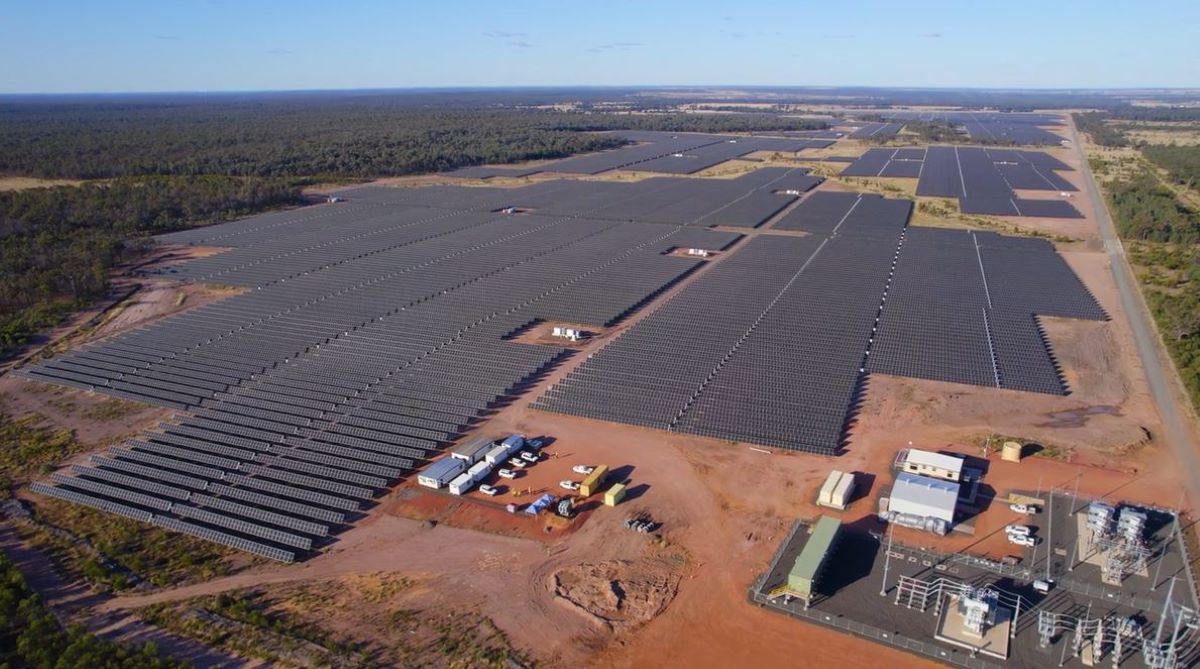
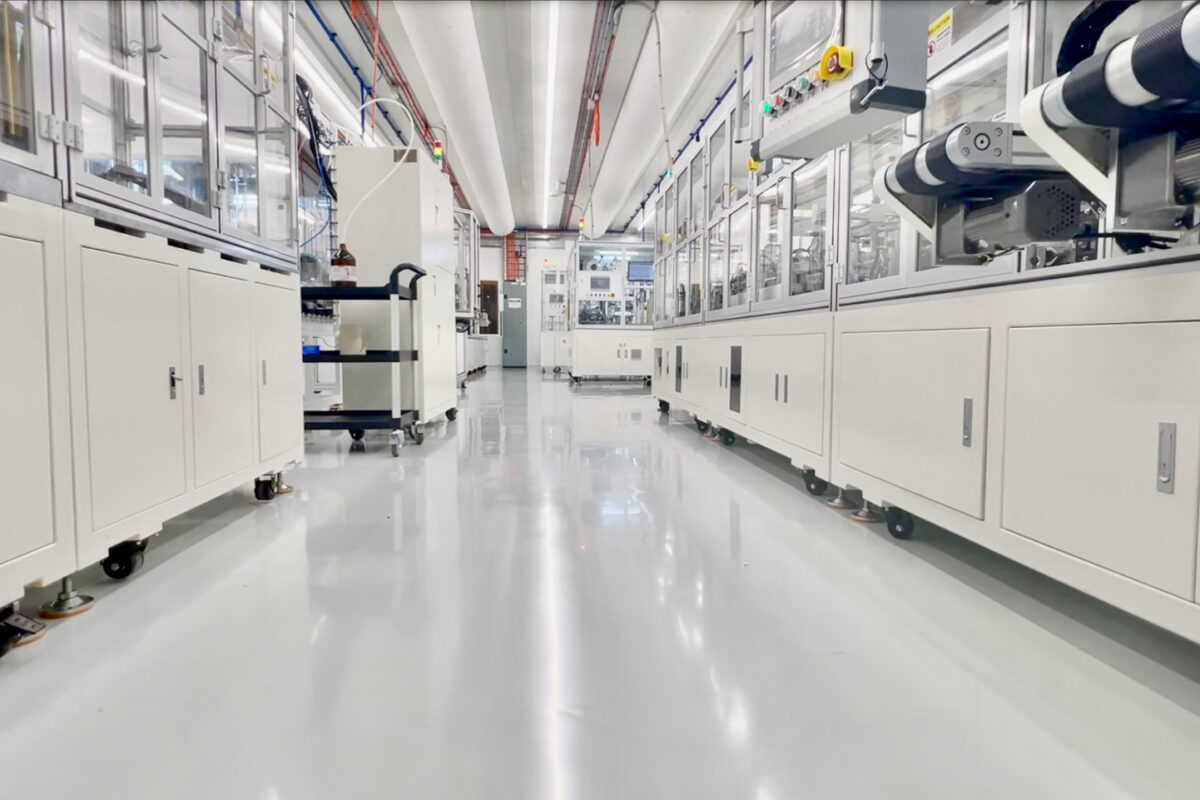




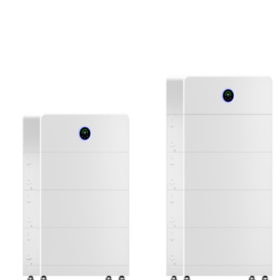
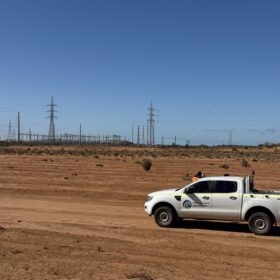
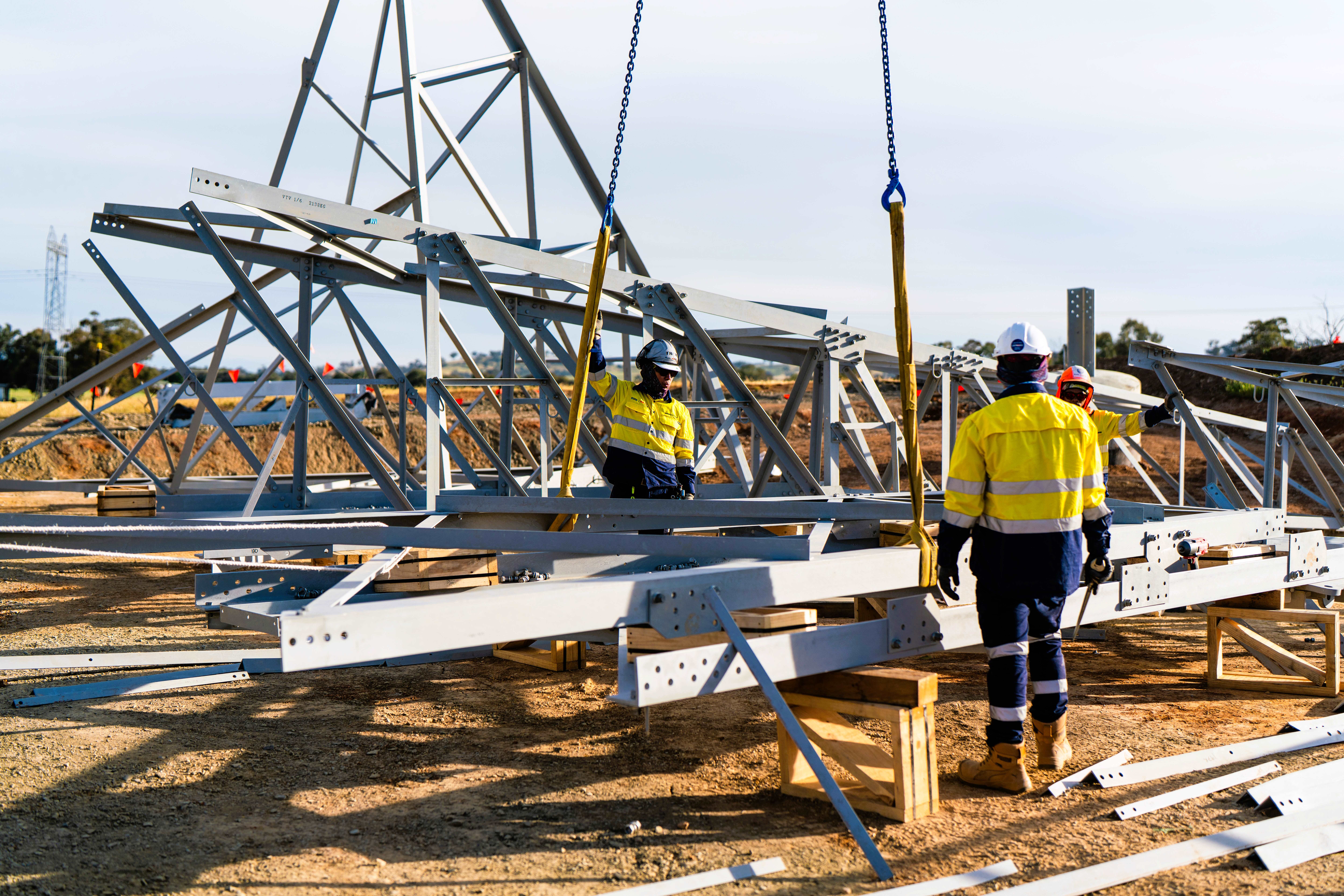
By submitting this form you agree to pv magazine using your data for the purposes of publishing your comment.
Your personal data will only be disclosed or otherwise transmitted to third parties for the purposes of spam filtering or if this is necessary for technical maintenance of the website. Any other transfer to third parties will not take place unless this is justified on the basis of applicable data protection regulations or if pv magazine is legally obliged to do so.
You may revoke this consent at any time with effect for the future, in which case your personal data will be deleted immediately. Otherwise, your data will be deleted if pv magazine has processed your request or the purpose of data storage is fulfilled.
Further information on data privacy can be found in our Data Protection Policy.